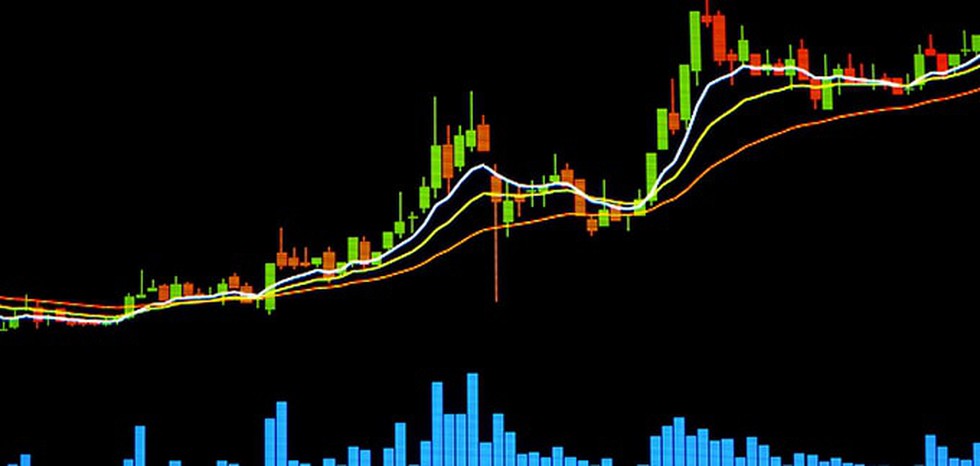About Volume Weighted Average Price (VWAP):
- The Volume Weighted Average Price (VWAP) is, as the name suggests, is the average price of a stock weighted by the total trading volume.
- The VWAP is used to calculate the average price of a stock over a period of time.
- It helps compare the current price of the stock to a benchmark, making it easier for investors to decide when to enter and exit the market.
- Also, the VWAP can assist investors in determining their approach towards a stock (active or passive) and make the right trade at the right time.
- How to Calculate VWAP?
- The VWAP is calculated for each day.
- It starts when the markets open and ends when the markets close for the day. Since it is done every day, the calculation uses intraday data.
- The formula for calculating VWAP is as follows:
- VWAP = Typical Price*Volume / Cumulative Volume
- Here, the numerator indicates the total value of all the trades for any specific period, and the denominator indicates the total trading volume for the same duration.
- The typical price is the average of the high price, the low price, and the closing price of the stock for that day.
- The VWAP ratio is then presented on a chart as a line.
- It has been likened to a moving average, in that when the price is above the VWAP line, the market is seen as in an uptrend, and when the price is below the VWAP, the market is in a downtrend.
- Pros of VWAP:
- VWAP ratios are used in algorithmic trading to help traders and investors to determine the best price at which to buy or sell, in line with the volume of the market.
- By ensuring high liquidity, traders can usually expect lower transaction costs and best execution.
- VWAP is particularly useful when trading large numbers of shares. Attempting to buy a large volume of a single stock on the market could artificially increase its price — by using VWAP, traders can ensure that they aren't overinflating the trading volume for the asset they want to buy.
- Cons of VWAP:
- Most of the problems stem from the fact that a VWAP is a culminative indicator, meaning it relies on a vast amount of data points that will only increase in quantity throughout the day.
- Having such a large data set can cause lags in the VWAP line, in a similar way to moving average lags, which is why most traders and investors only use one-minute and five-minute timeframes.
